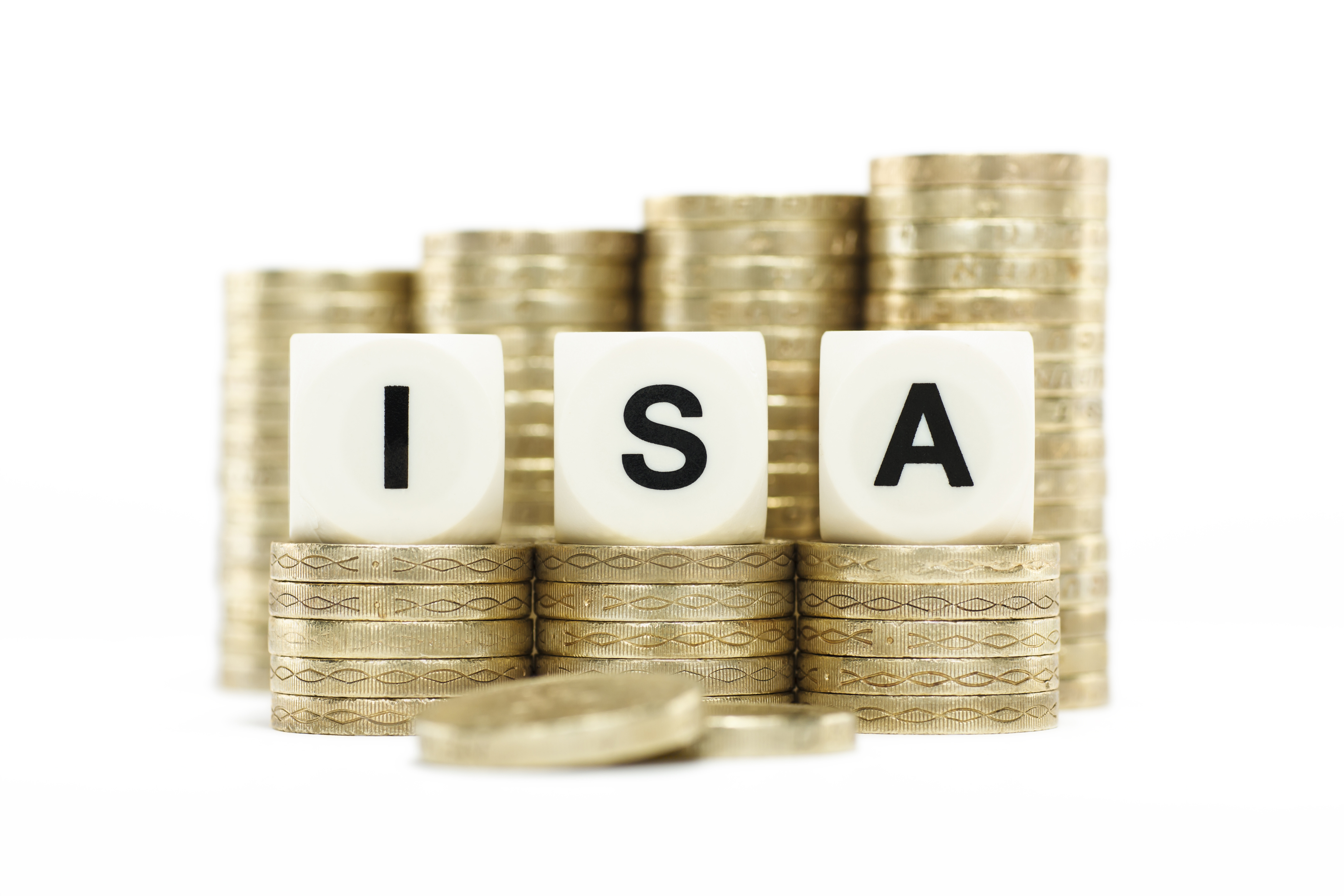News
Bad news for savers as ISA season 2020 set to be a damp squib

ISA season was once a time providers flooded the market with headline-grabbing deals. But savers hoping for a torrent of competitive rates between now and 5 April shouldn’t get their hopes up.
In the run-up to the end of the tax year, competition typically ramps up as savings providers launch competitive rates to lure in customers who want to use up their annual ISA allowance, which is currently £20,000.
This year, however, the so-called ISA season is expected to be a non-event.
In fact, there are some suggestions rates could deteriorate between now and 5 April.
Data from Moneyfacts shows average ISA returns have hit their lowest levels since 2018, with the average variable ISA rate falling to 0.85% down from 0.94% a year ago.
The number of cash ISA deals has also fallen from 415 in December to 397, the lowest count since May 2018.
Some well-known brands have already cut their cash ISA rates since the start of the year including Sainsbury’s Bank and Yorkshire Building Society, which until last week had paid the top rate for new customers of 1.4% but now pays 1.3%.
According to Rachel Springall, finance expert at Moneyfacts, other providers may follow suit if they feel too exposed in the top rate tables.
“In the run-up to April, there tends to be high anticipation for a spike in competition in interest rates on offer with ISAs, but with the state of the market as it stands and murmurings of a potential base rate cut by the Bank of England gaining momentum, ISA rates could in fact be worse than they are right now,” she says.
James Blower, founder of The Savings Guru, agrees this year could be yet another disappointing one for ISA savers.
“It’s been several years since savers have seen a competitive ISA season and I don’t foresee one this year,” he said.
One reason is the big banks, which dominate the ISA market, have far more savings than they can lend out, which is why we’re seeing a mortgage rate war at the moment, Blower explains.
“I can’t see any of them coming to the market paying attractive ISA rates to bring in more money,” he says.
Another reason is that the smaller, new banks, which have entered the market in the last decade such as Aldermore and Charter Savings Bank – and have been propping up the savings market – tend to stick with ordinary savings accounts because the operational side of ISAs is more complex for banks.
Anna Bowes, co-founder of website Savings Champion, is slightly more optimistic.
Although she believes savers will be “disappointed” as we head into ISA season, she says there could be “a slight uptick” if new providers enter the cash ISA market.
“Hampshire Trust Bank launched its first cash ISA in October 2019 and there have been rumours that Marcus by Goldman Sachs might offer a cash ISA this year. If the latter was to happen, that is more likely to throw a cat among the pigeons as happened when it launched its easy access online savings account,” Bowes says.
Do you need an ISA?
ISAs were once the obvious choice for savers as all interest earned is tax free. However, the introduction of the personal savings allowance (PSA) in 2016 shook things up.
The PSA allows savers to earn interest tax free on any savings account up to £1,000 for basic rate savers and £500 for higher rate taxpayers.
When it launched, the government said the PSA means 95% of savers will no longer pay tax on their savings.
As non-ISA accounts currently pay better rates, it’s not surprising the popularity of ISAs has dipped.
However, there are still advantages of ISAs over ordinary savings accounts including the fact that the PSA may not be around forever.
Also, while interest rates are pretty dire now, if they rise you could find yourself earning more than £1,000 interest in which case you’d start being taxed. With an ISA, all interest earned is tax free, always.